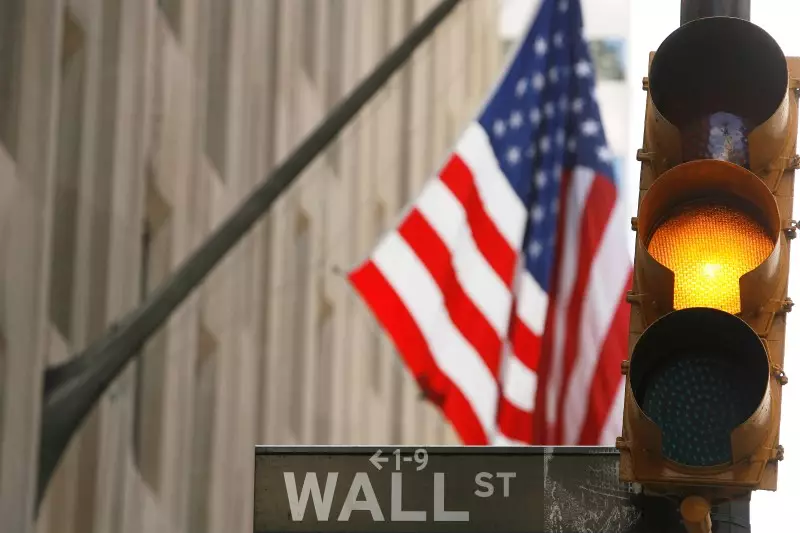As the U.S. stock index futures began trading on Sunday evening, their movements remained surprisingly muted. Following a previous week’s fervent rally triggered by a significant interest rate cut, the focus shifted from immediate gains to a more cautious outlook amidst upcoming Federal Reserve communications. Investors are navigating a carefully orchestrated landscape of economic indicators and potential policy changes.
The Fed’s recent decision to reduce interest rates by 50 basis points marked a pivotal moment, suggesting the onset of an easing trend. This decisive action briefly propelled Wall Street to unprecedented heights, reflecting optimism among traders and stakeholders. However, as the week progressed, the inevitable cooling off of exuberance became evident, as many started to grapple with a more complex economic narrative that could potentially impact future rate adjustments.
The S&P 500 Futures stabilized at 5,764.0 points, while the Nasdaq 100 Futures inched up by 0.1% to reach 20,047.0 points. Meanwhile, Dow Jones Futures exhibited a stagnation, remaining flat at 42,443.0 points. Each index showcased varying degrees of investor confidence, underpinned by different sector performances. The S&P 500 and Dow Jones showed resilience, bolstered by gains from various industries, but the Nasdaq faced headwinds primarily stemming from a downturn in technology stocks, which tempered enthusiasm.
As multiple Federal Reserve officials, including Chair Jerome Powell, prepared to address the markets, investors awaited new insights that could elucidate the Fed’s future stance. The prospect of ongoing communications carries significant weight, as they may reveal hints about monetary policy’s direction and its relationship with prevailing economic conditions.
This week heralds critical economic data, chief among them the PCE price index, which the Fed regards as its preferred measure of inflation. Slated for release this Friday, the results could provide vital clues regarding potential future interest rate cuts. Inflation currently remains stubbornly above the Fed’s 2% target, demanding close scrutiny from market participants. Should the indicators signal steady inflationary pressures, the Fed’s path may become increasingly complicated and require a more measured approach to easing.
The recent surge in market indices—primarily attributed to optimism over rate cuts—has now entered a phase of reflection, questioning whether such measures will adequately buffer economic vulnerabilities. The S&P 500 reflected this uncertainty with a slight downturn of 0.2% to close at 5,702.55 points, juxtaposed against the Dow’s minor uptick to 42,063.36 points.
As market participants absorb these developments, they are faced with the reality that volatility could become the norm rather than the exception. The juxtaposition of soaring indices against economic uncertainties illustrates a complicated relationship between monetary policy and market performance. Investors must brace themselves for potential shifts in sentiment, particularly as they navigate the implications of Fed communications, broader economic indicators, and the unpredictable nature of the global economy.
While the preceding week offered a glimpse of bullish tendencies, the challenges on the horizon beg the question: are we on the brink of a sustained rally, or merely experiencing a transient phase punctuated by data-driven volatility? As the dance between interest rates and economic indicators continues, only time will reveal the ultimate direction of the markets.

